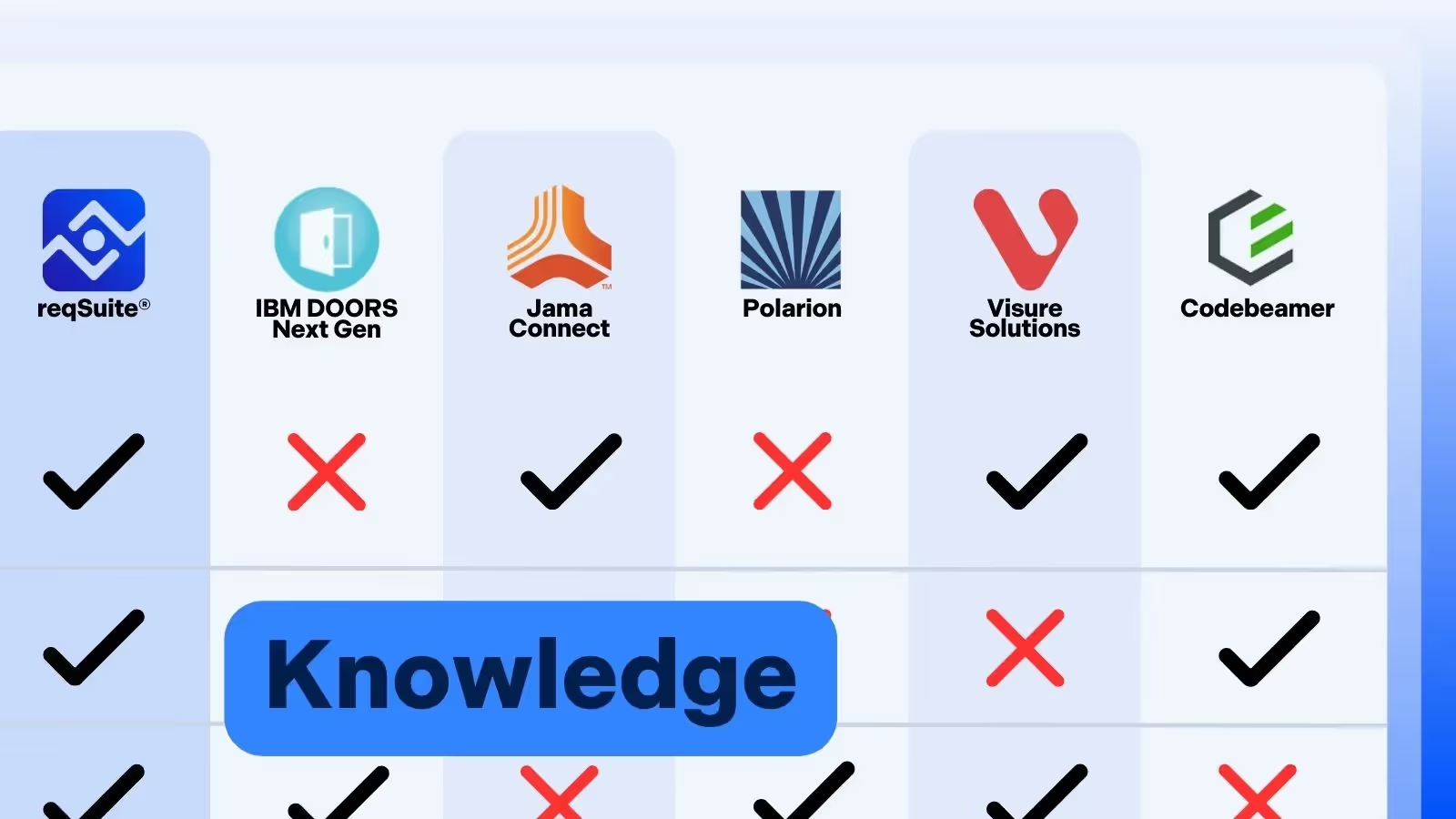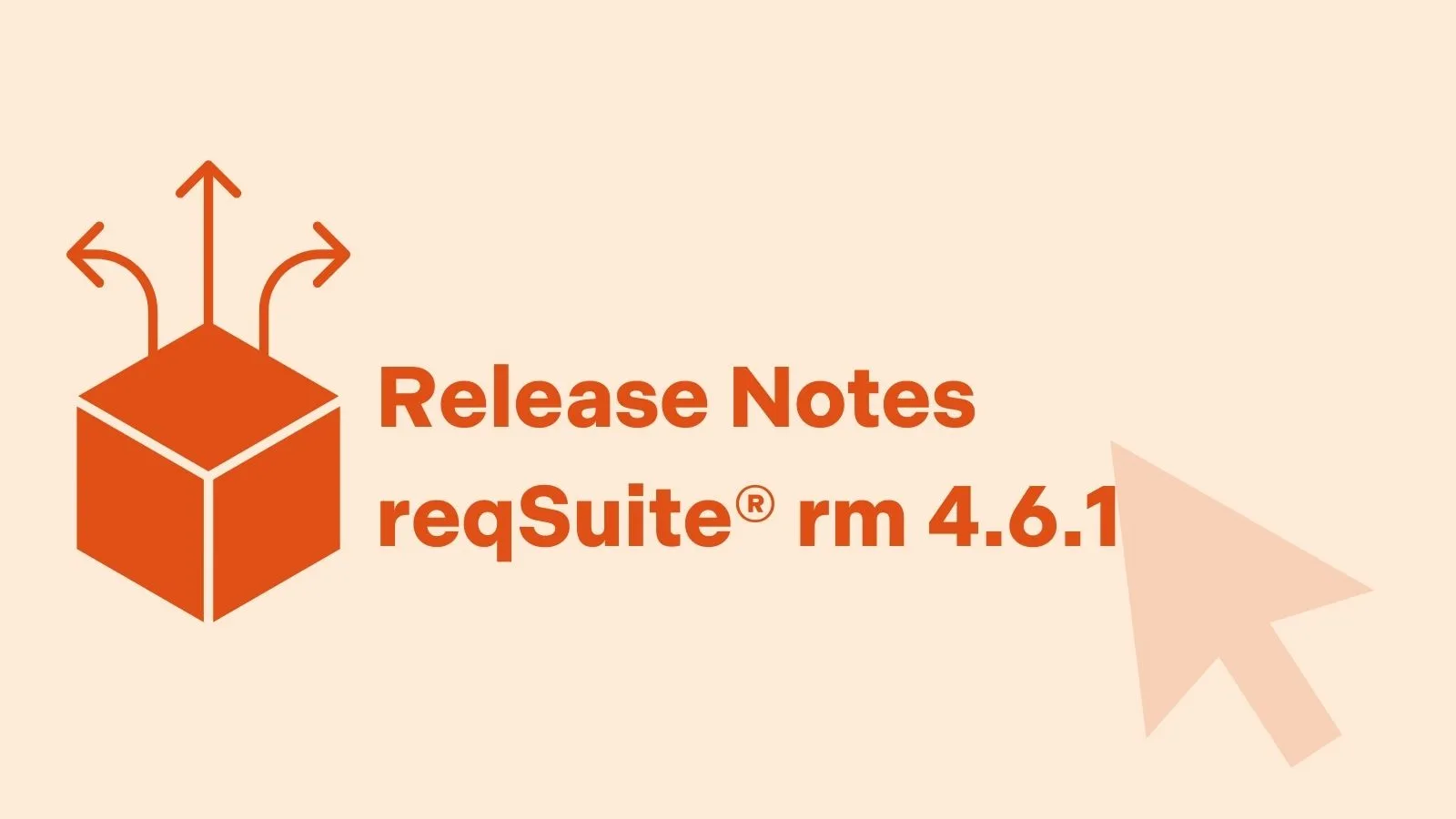
The best requirements management you've ever had.
Intuitive to use
Reliable in results
Efficient in processes

In short: Those who work with Excel today are still moving around on foot or by bicycle in requirements management. Those who introduce a tool get in the car and open up completely new possibilities.
What is the Alternative? – An Analogy
2025-10-28
10
minutes reading time

The analogy: From bicycle to first car
At 17, you could still do a lot of things on foot or by bicycle. It was familiar, manageable, inexpensive, and usually worked somehow in everyday life. You knew how long the journey would take, what detours you would have to take, and that sometimes it would be wet or tiring.
But at some point, it became clear: We were growing up and there were new options.
The first car symbolized freedom and new possibilities, but it was also a huge change.
Suddenly, there was a lot to learn:
- The rules of the road, the technology, and the responsibility behind the wheel.
- It didn't happen overnight, but took driving lessons, patience, and mistakes from which to learn.
- Some things felt uncomfortable or even frustrating at first, like stalling for the first time at a steep intersection.
But what was the alternative?
To drive at a snail's pace forever, dependent on rideshares or bus schedules, which imposed considerable restrictions, especially in rural areas?
Anyone who really wanted speed, flexibility, and independence had no choice but to take this step, even if it was uncomfortable at first.
The parallel to requirements management
The same applies when switching from Excel to a professional requirements management tool.
Excel is familiar
Everyone knows it, you can get started right away, and it works well for small tasks. But as soon as projects become larger and more complex, the downside becomes apparent: spreadsheets become confusing, errors creep in, versions get lost, and coordination takes an enormous amount of time. In short, Excel quickly reaches its limits.
A tool means change
Yes, it takes training and a little discipline until new structures and processes become second nature. Some functions seem unfamiliar at first, and not every colleague will be immediately enthusiastic. But just like driving a car, after a short learning phase, many things become automatic – and suddenly you wonder how you ever managed without it.
The benefits are enormous
A professional RM tool brings clarity to requirements, facilitates teamwork, ensures traceability, and reduces errors. At the same time, it increases speed because information no longer has to be searched for but can be found immediately.
{{callout}}
Typical objections – and why they are misleading
When introducing an RM tool, the same objections almost always arise. At first glance, they seem plausible, but on closer inspection, they turn out to be misleading.
- “We are overwhelming our colleagues.”
The concern is understandable: no one wants to burden employees with additional tools and processes. But in practice, the opposite is true. An RM tool takes the pressure off colleagues because they no longer have to search for information in confusing tables or understand complicated Excel formulas. Instead, there are clear structures, automatic checks, and traceable processes. This reduces stress – and increases the quality of work. - “You can do that with Excel.”
Of course, requirements can be managed in Excel. Just as you can ride a bike 20 kilometers. But the question is: How efficient and sustainable is that? The more complex a project becomes, the more it becomes apparent that Excel will eventually leave you stuck in the same place. A tool, on the other hand, brings speed and stability – just like a car that gets you to your destination quickly and reliably, even over longer distances. - “The change is too big.”
Yes, change requires energy. Processes have to be adapted, colleagues trained, and routines relearned. But let's remember our driver's license: a lot of things were unfamiliar at first. After a few driving lessons, however, shifting gears, signaling, and braking became second natureand no one wants to go back to riding a bike when it comes to long or important journeys. It's the same with the RM tool: after just a short time, the benefits outweigh the effort.
Conclusion: The courage to change pays off
Switching to a professional requirements management tool is not an end in itself. It's not about “just introducing a new tool,” but rather a logical step forward for all companies that want to work faster, in a more structured and independent manner.
Just like when you were 18: at some point, the time comes to put down your bike and get into a car. The step may seem uncomfortable at first, but it opens up whole new possibilities – more freedom, more speed, more safety.
So the question is not whether a changeover means effort. The question is: What is the alternative? Continuing to travel at a snail's pace, constantly reaching your limits and remaining dependent on chance?
Those who are brave enough to take the next step will soon realize that the changeover is worthwhile, and no one will want to go back.
About the author

Dr. Sebastian Adam
Managing Director & Co-Founder
Dr. Sebastian Adam has been intensively involved in requirements management for over 20 years. His expertise and experience make him a recognized expert on the challenges and best practices in this area. In 2015, he founded OSSENO Software GmbH to help companies simplify, streamline and future-proof their requirements management processes. With the reqSuite® rm software developed by his company, he has created a solution that enables organizations to capture, manage and continuously improve their requirements in a structured way. His mission: to combine practical methods with modern technologies in order to offer companies real added value.
Other interesting articles

Tech
3
min. reading time
reqSuite® rm – Interface to Isograph RWB & AttackTree

Neele Borkowsky
2025-12-10

Knowledge
10
min. reading time
Requirements Management Tools 2026: A Comparison for Medium Sized Product Developers

Neele Borkowsky
2025-12-08

Tech
5
min. reading time
Release Notes reqSuite® rm 4.6.1

Phil Stüpfert
2025-12-07











